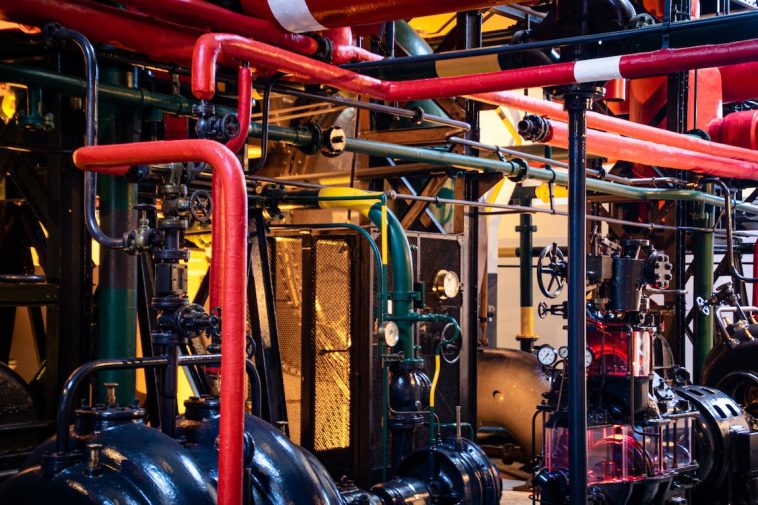Designing an efficient and reliable piping system is critical for a wide range of industries, including oil and gas, chemical processing, water treatment, and HVAC. A well-designed piping system ensures the safe and efficient transport of fluids, gases, and other materials. Whether you are working on a new construction project or you are upgrading an existing system, there are several key factors to think about when designing your piping system.
This article will inform you of the essential information and considerations to help you create a successful piping system design.
Understand the System Requirements
Before designing your piping system, it is crucial to understand the specific requirements and objectives of the system.
You can start by determining the intended purpose of the system, including the type of fluid or gas being transported, the desired flow rates, pressure and temperature conditions, and any regulatory or safety considerations.
Once you understand these requirements, they will be able to guide your design decisions.
Select the Right Materials
Selecting the appropriate materials for your piping system is vital to ensure the compatibility, longevity, and performance of the designed system.
Think about factors such as the nature of the fluid being transported, operating conditions (pressure, temperature, corrosiveness), and environmental factors (humidity, exposure to sunlight, etc.), as these factors will help to guide your choices.
Common materials used in piping systems include steel, stainless steel, copper, PVC, and various alloys—so it may be worth starting your consideration with those materials and evaluating how well they fit your purposes.
Pipe Sizing and Layout
Proper pipe sizing is critical for efficient fluid flow and to minimize pressure losses.
You should work to calculate the required pipe diameter based on flow rate, fluid properties, and desired velocities—as each of those factors will have a massive impact on the most appropriate pipe diameter.
A well-designed layout should also consider factors such as accessibility for maintenance and repairs, expansion joints to accommodate thermal expansion, well-considered pipe lengths (one of the best ways to prevent pump cavitation), and clearances for equipment and structural components. Considerations like pipe routing, elevation changes, and the avoidance of sharp bends and obstructions are essential to optimize flow and minimize pressure drops.
Consider Safety and Maintenance
Safety should always be of utmost importance when designing a piping system. You absolutely must incorporate safety features such as pressure relief valves, check valves, and emergency shutdown systems to protect against overpressure or potential hazards.
Additionally, you should work to ensure that there is adequate access for inspection, maintenance, and repairs that need to be performed on the pipe system. Consider provisions for isolation valves and bypass lines to minimize disruptions to the piping system while maintenance activities are taking place.
Compliance with Codes and Standards
It should go without saying that your design absolutely must adhere to applicable industry codes and standards. Codes such as ASME B31.1, ASME B31.3, or API standards provide guidelines for design, fabrication, installation, and inspection. Your compliance with these codes ensures system safety, reliability, and compatibility with industry practices.





